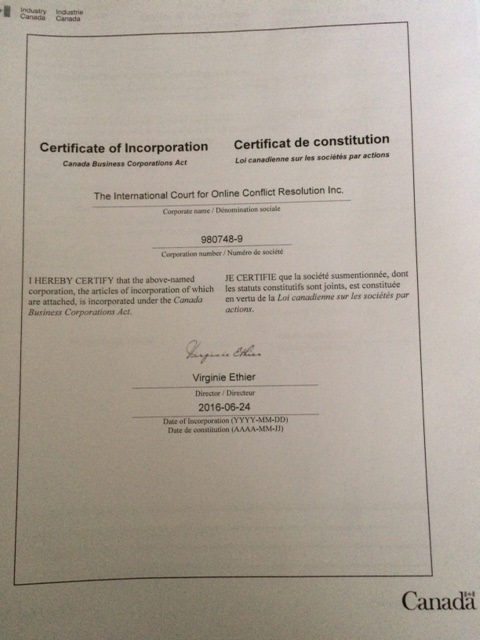How to run a successful videoconference : As the world of work grows more global and the number of remote workers continues to increase, videoconferencing is fast becoming a key skill for people. Research shows that 40% of employees across the world currently use videoconferencing, rising to 61% in China and 60% in Mexico. But conducting a successful videoconference is about more than simply switching on your camera.
Keep an eye on your microphone: First things first, check your settings. With most videoconferencing software you can conduct a test to ensure your microphone and webcam are working as they should be. Once the conference begins, keep your finger poised over the mic button. Ideally you want to mute your microphone when you are not speaking, as background noise can be disruptive, but be ready to un-mute immediately when you want to respond to the speaker.
Set up your space: A low angled shot can be very unflattering, not to mention distracting for the other participants. You should also choose a well-lit space for your call, so that the other participants are able to see you clearly. If it is sunny, you may need to draw the curtains and turn on a side-lamp to avoid glare.
Stay focused: While you can easily check your emails or catch up on work during long-winded phone calls, the visual element of a video conference does not allow you the same leeway. Make sure you are somewhere without distractions, you are far less likely to miss something important this way.
Be engaging as well as engaged: If you are presenting the videoconference, treat it as you would an in-person training session. Call out participants by name, ask them questions to ensure they are listening, and keep looking at the camera. Do not simply read out your slides (your participants could do that themselves with the Powerpoint file). If you are a participant in the call, nod along with points you agree with and don not be afraid to jump in with questions. When you do, remember to un-mute your microphone, look into the camera and introduce yourself before speaking ("Hey, it is [name]. I was just wondering"). By following the same principles and professionalism as you would in a face-to-face boardroom meeting, your videoconferencing skills will quickly improve.
e-Court partners with Cisco Global Technologies and employs its own "secure" national "virtual" web conference rooms. Through Cisco Systems' Web conferencing it is possible to share data as well as audio transmissions as part of a meeting. That data may be in the form of some sort of video, but may also include sharing documents, spreadsheets, and presentations. In addition, web conferencing often includes a wider range of tools that a moderator can use to control a meeting. Unlike video conferencing, there is usually not the need for special equipment; a web conference can be attended using just about any computer with an Internet connection and a sufficient amount of resources to support the data transfer. Web conferences may include audio streaming across the Web or make use of an independent connection via a telephone line. To go to your Member Admin Panel & WEB CONFERENCING click HERE
Select You-Tube "Web Conferencing" Videos
from around the world

The International/World Court for Online Conflict Resolution - ICOCR

 Member Login
Member Login

